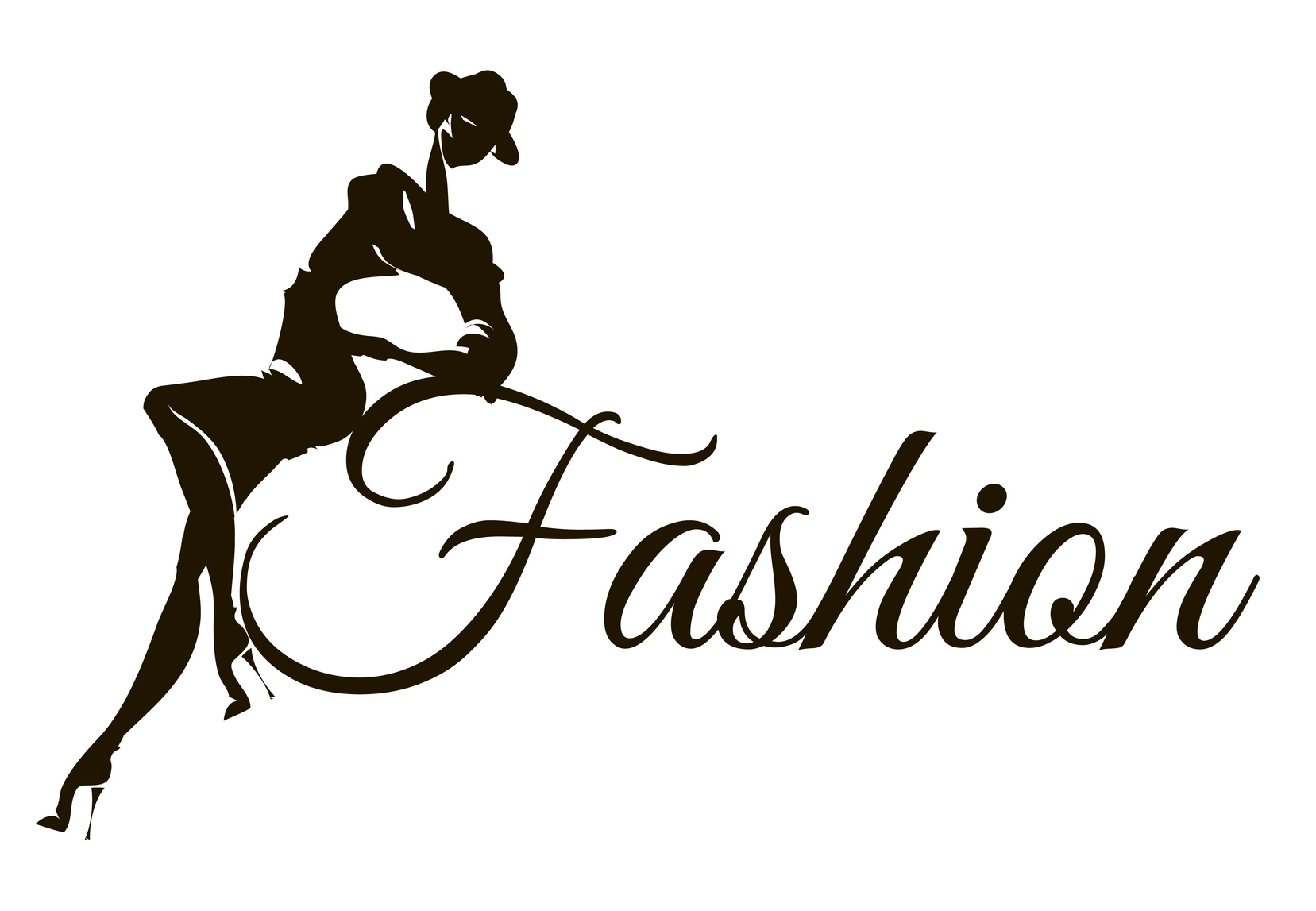
Introduction
In the world of fashion, a logo plays a crucial role in creating brand recognition and establishing a unique identity. A well-designed fashion logo can instantly capture the essence of a brand and leave a lasting impression on consumers. In this article, we will explore the importance of fashion logos and how they contribute to the success of fashion brands.
Defining Fashion Logos
A fashion logo is a visual representation of a fashion brand that symbolizes its identity, values, and style. It can consist of typography, symbols, or a combination of both. The primary purpose of a fashion logo is to create a memorable and recognizable visual mark that distinguishes a brand from its competitors.

The Role of Fashion Logos
Fashion logos serve multiple purposes in the industry. Firstly, they help in building brand recognition and brand loyalty. A well-designed logo can evoke positive emotions and associations with a particular brand, influencing consumer preferences and choices.
Secondly, fashion logos act as a visual representation of a brand's values, personality, and aesthetic. They convey the essence and story of a brand, allowing consumers to connect with the brand on a deeper level.
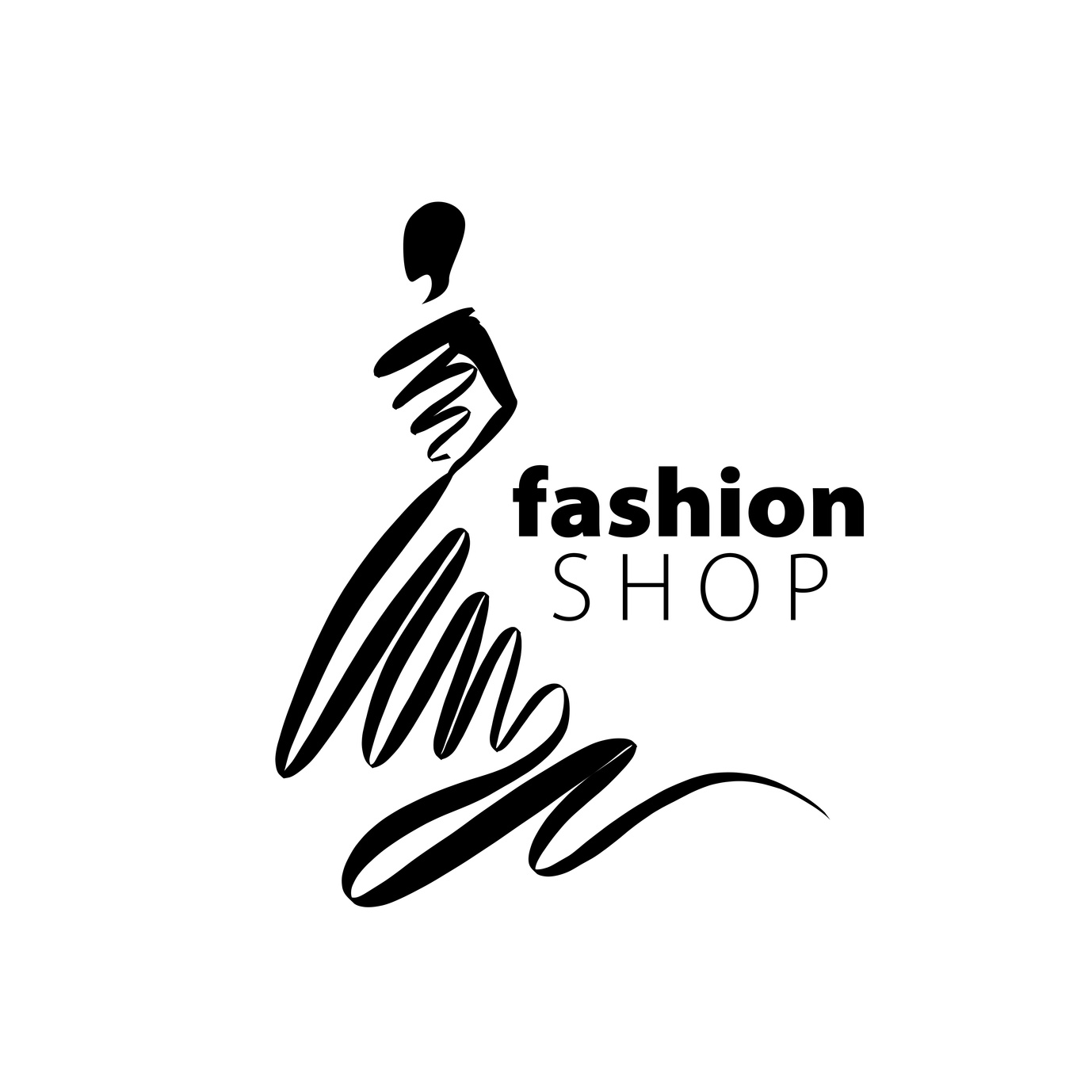
Creating an Iconic Fashion Logo
Designing an iconic fashion logo requires careful consideration and creativity. It should be unique, timeless, and representative of the brand's identity. The logo should be versatile enough to work across various mediums, including print, digital, and product packaging.
Colors, typography, and symbols play a vital role in creating a visually appealing logo. Each element should be chosen with the brand's target audience and industry trends in mind. The logo should be easily recognizable and scalable to different sizes without losing its impact.

Logo Evolution in the Fashion Industry
Over the years, fashion logos have evolved to reflect changing consumer preferences and design trends. Initially, logos were often simple and text-based, focusing on typography to convey brand names. However, with the rise of visual storytelling, fashion logos started incorporating symbols and abstract elements to communicate a brand's unique identity.
Today, many fashion brands opt for minimalistic and clean logo designs that exude elegance and sophistication. However, some brands still embrace bold and intricate logos to showcase their creativity and unconventional approach.
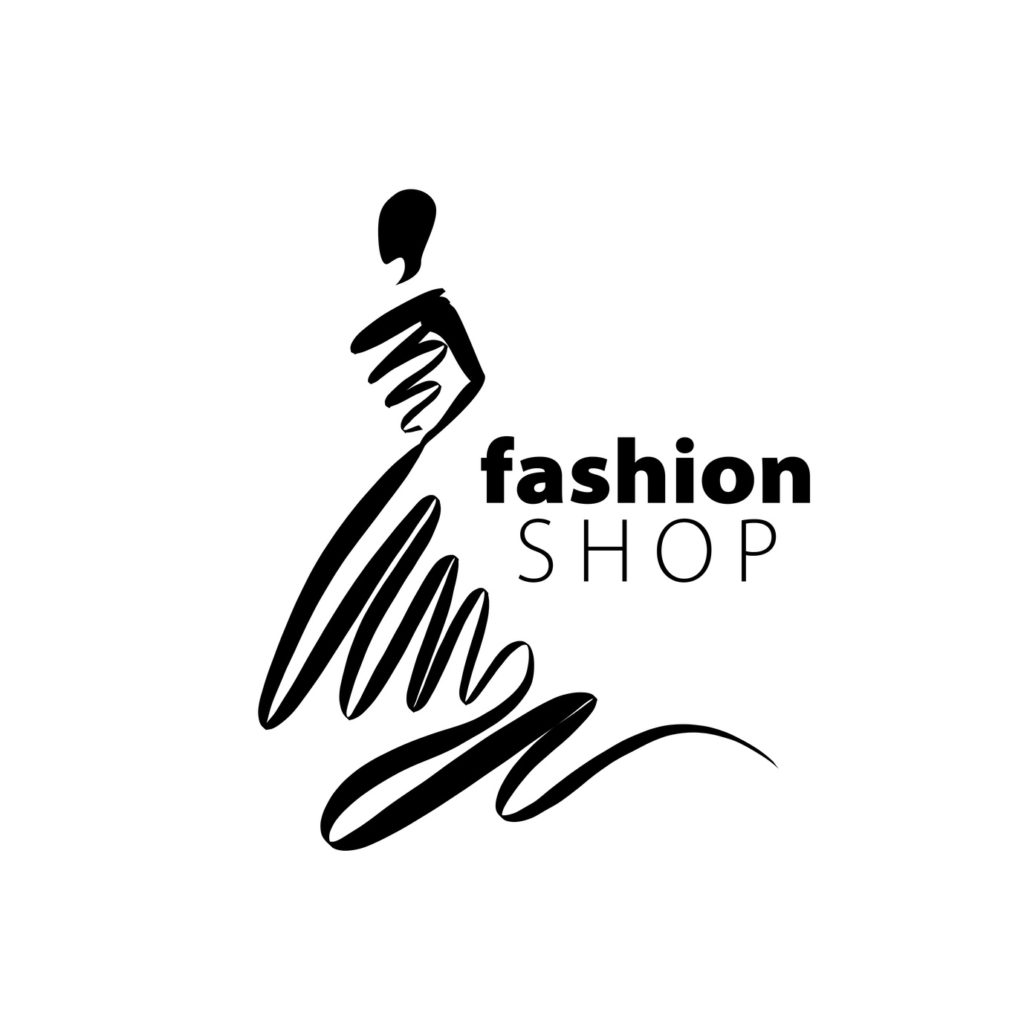
Logo Placement and Branding
The placement of a fashion logo plays a crucial role in brand recognition and visibility. Most fashion brands prominently display their logos on products, such as clothing, accessories, and packaging. This ensures that consumers easily associate the logo with the brand and creates a consistent branding experience.
In addition to product placement, fashion logos are also featured on marketing materials, websites, social media profiles, and advertisements. Consistent and strategic logo placement strengthens brand recognition and helps in building a cohesive brand image.
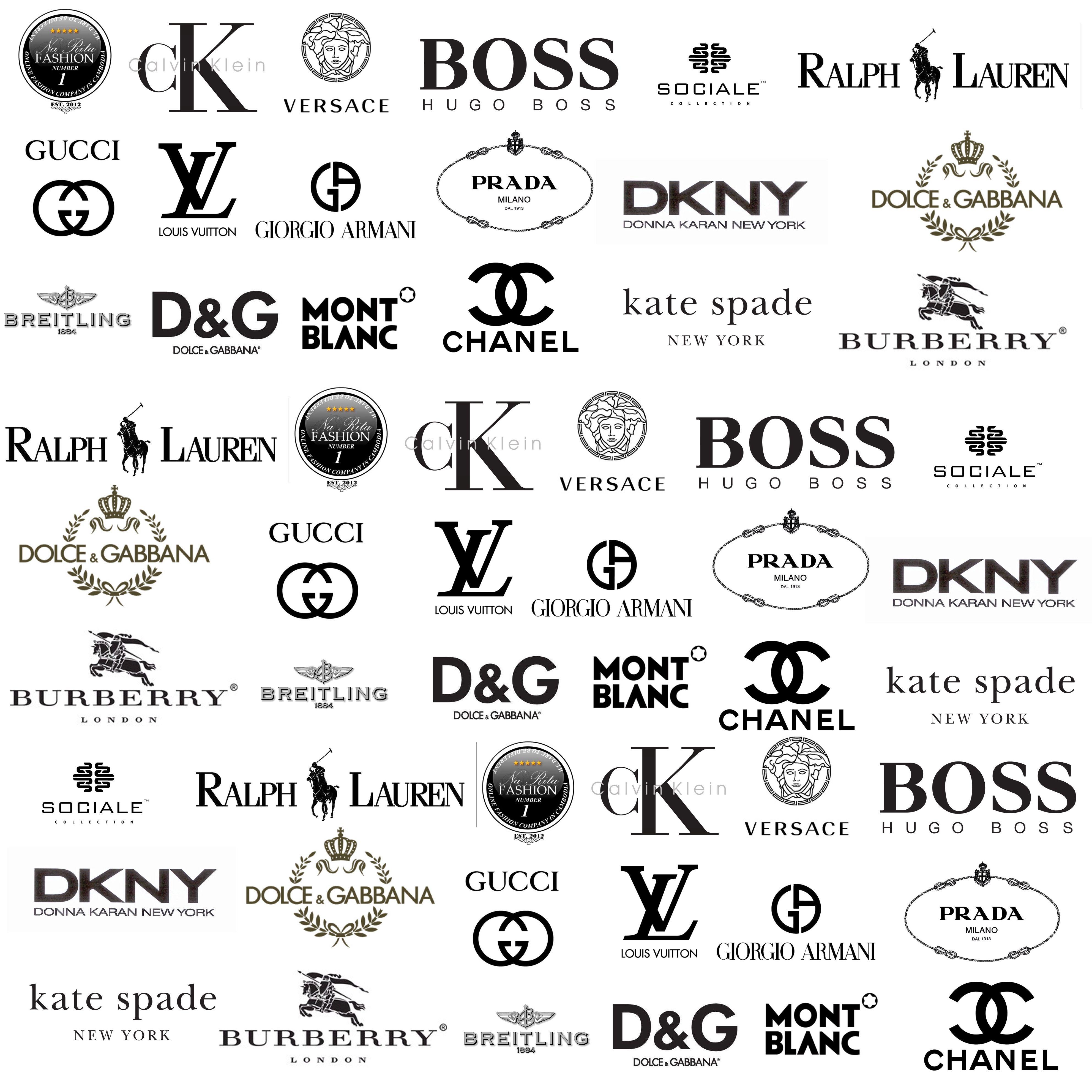
Case Studies: Iconic Fashion Logos
Let's examine some iconic fashion logos that have become synonymous with their respective brands:
1. Chanel
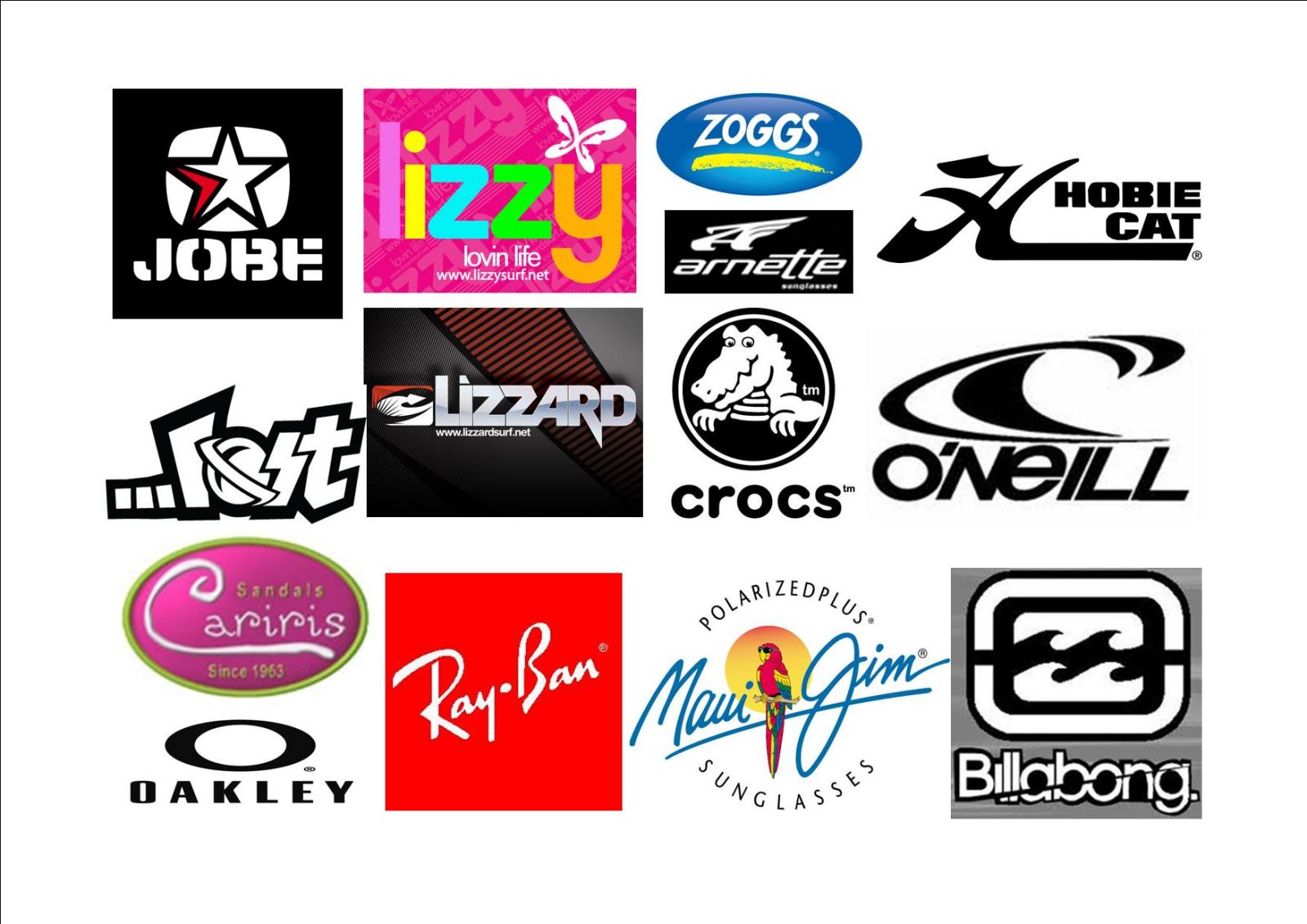
The Chanel logo, consisting of interlocking letters "C," represents elegance, luxury, and timeless design. It has become a symbol of high fashion and is instantly recognizable worldwide.
2. Gucci

The Gucci logo features a bold, double-G monogram that represents the founder's initials, Guccio Gucci. It symbolizes opulence, sophistication, and Italian craftsmanship.
3. Louis Vuitton
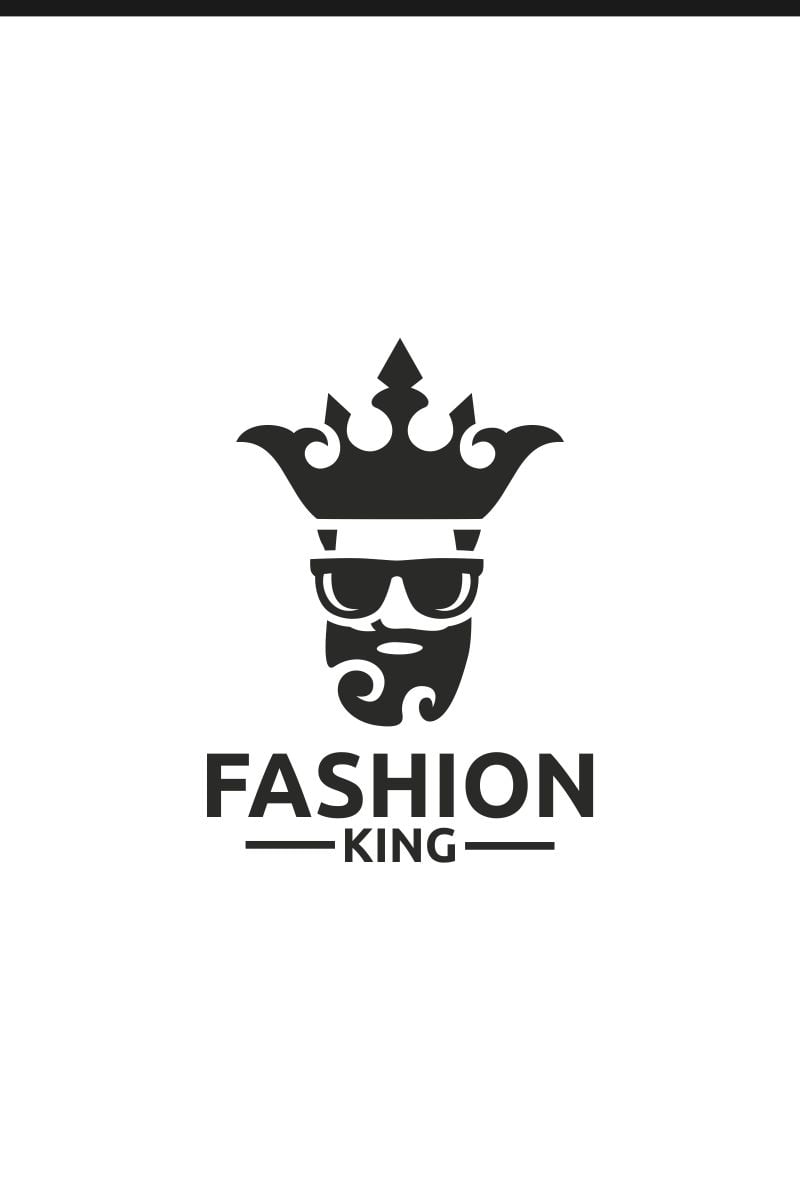
The Louis Vuitton logo showcases a stylized monogram of the founder's initials, LV, surrounded by floral motifs. It embodies luxury, exclusivity, and the brand's heritage in travel goods.
Conclusion
In the competitive world of fashion, a well-designed logo is a powerful tool for brand recognition, storytelling, and establishing a unique identity. Fashion logos communicate a brand's values, personality, and aesthetic, helping to create a lasting impression on consumers. By understanding the importance of fashion logos and investing in their design, fashion brands can position themselves for success in the industry.